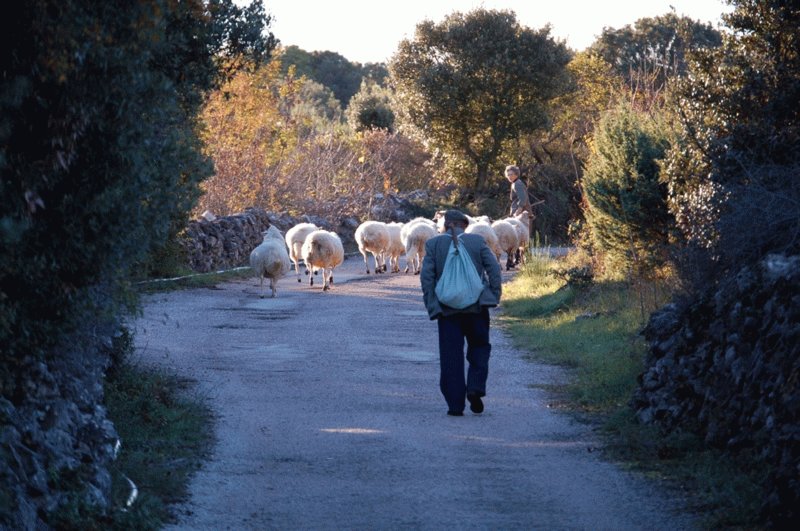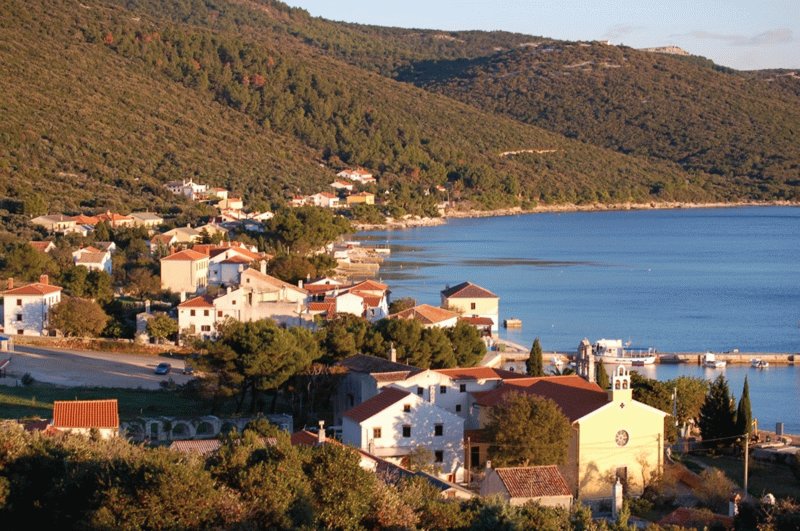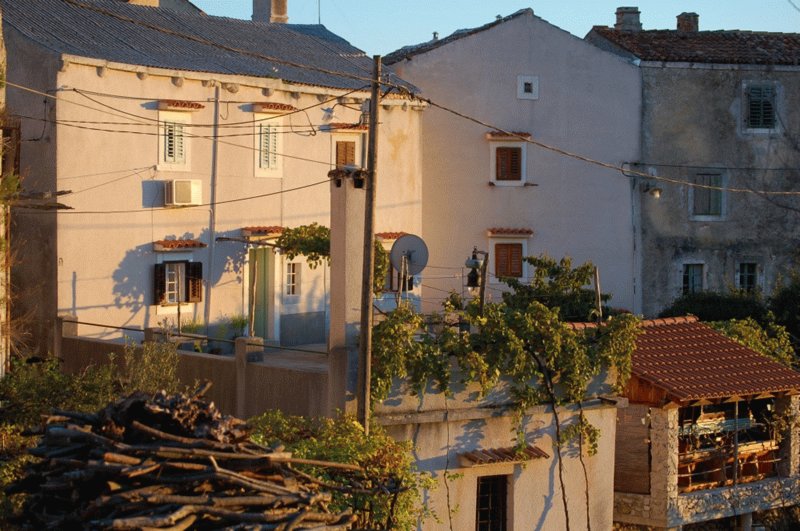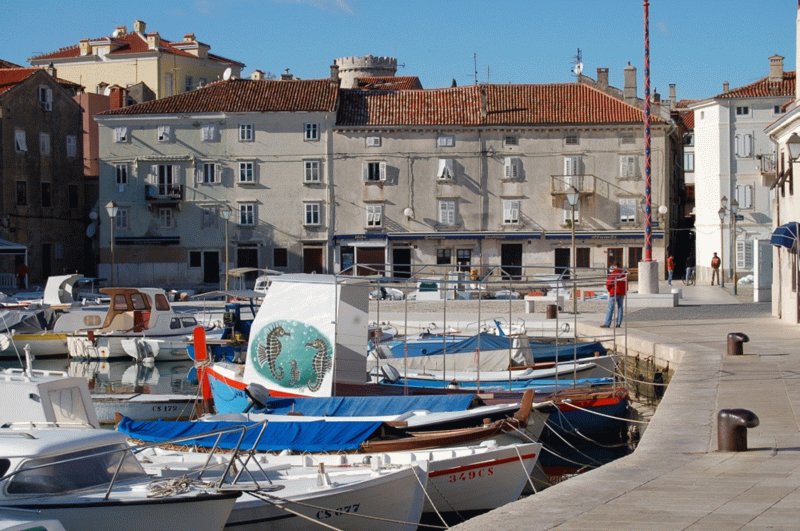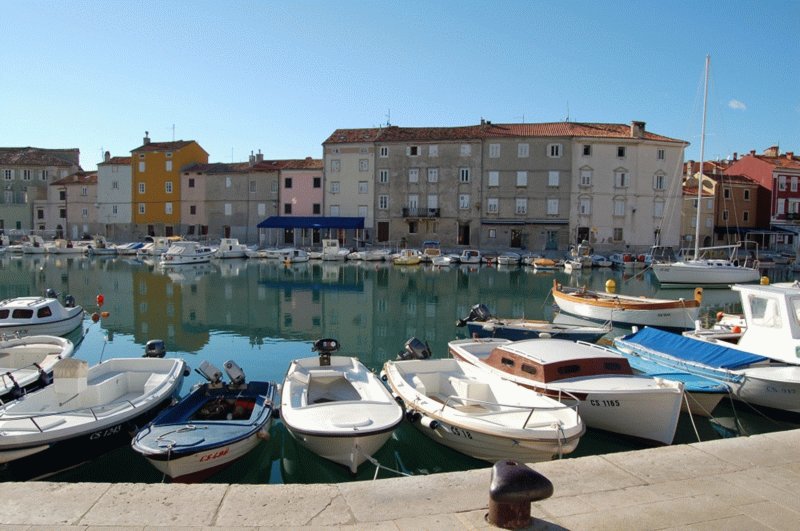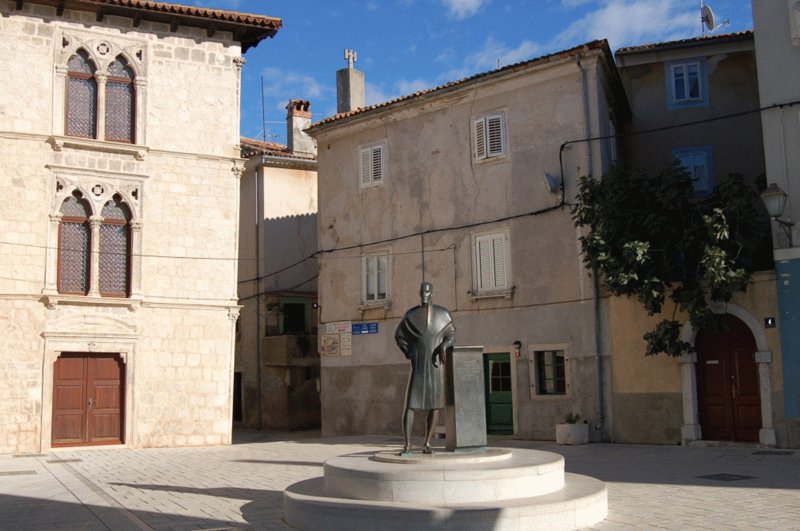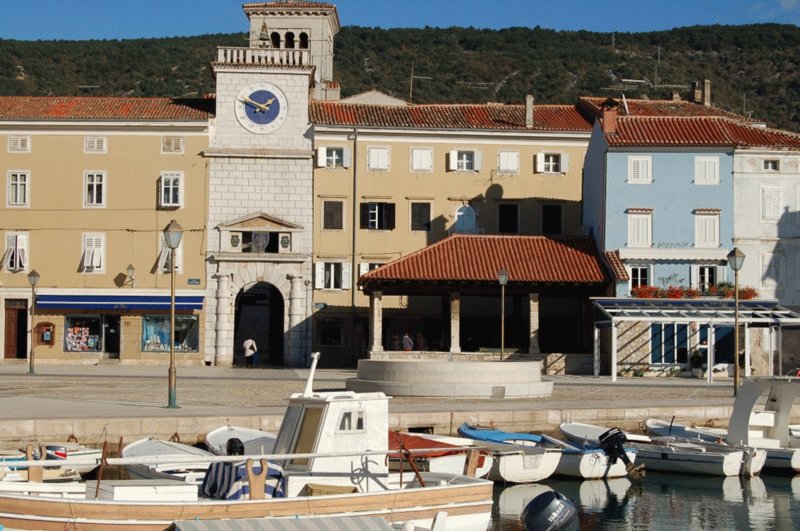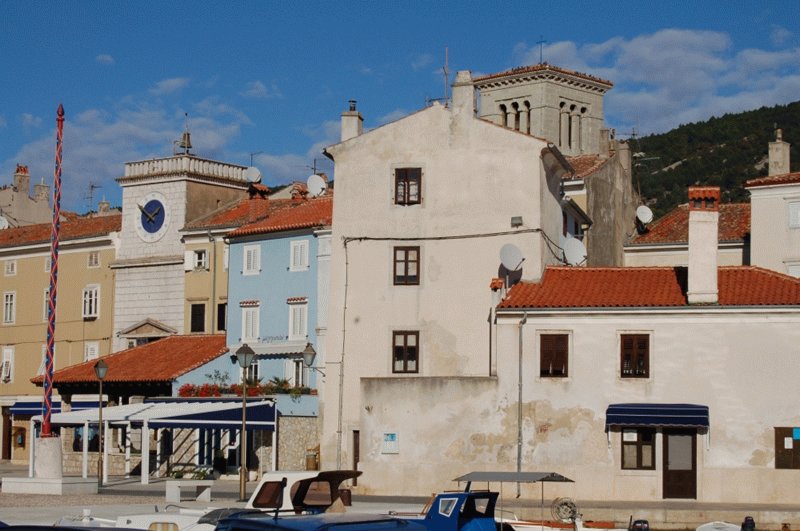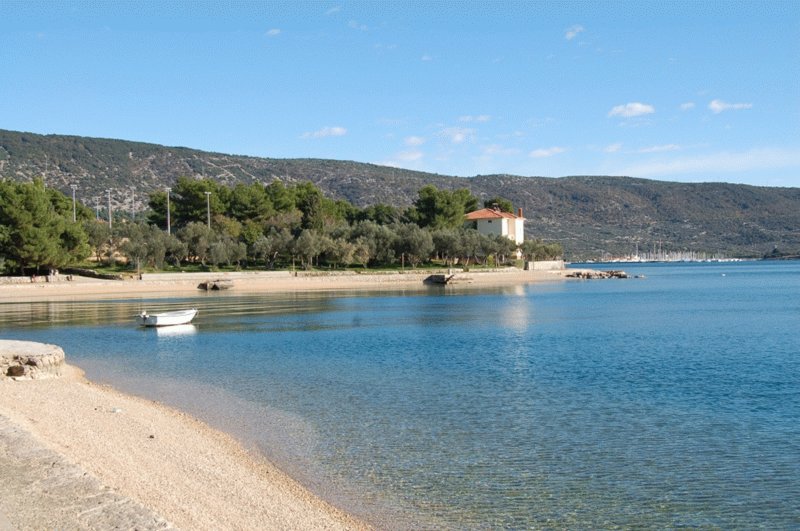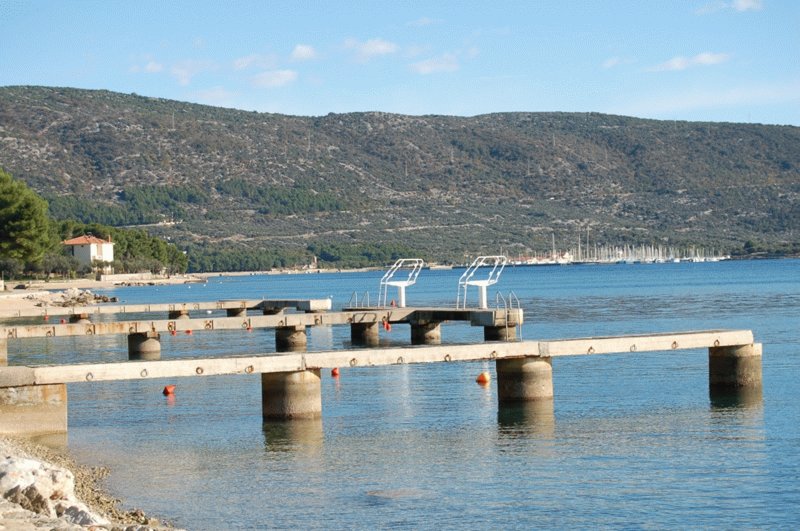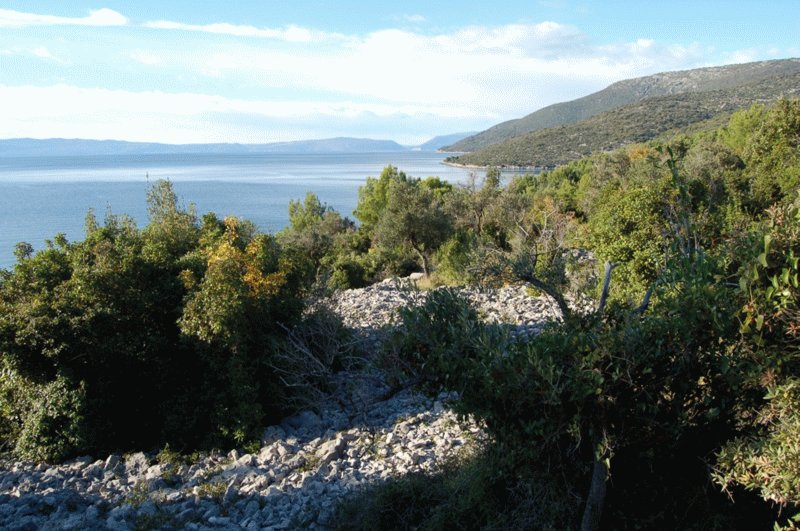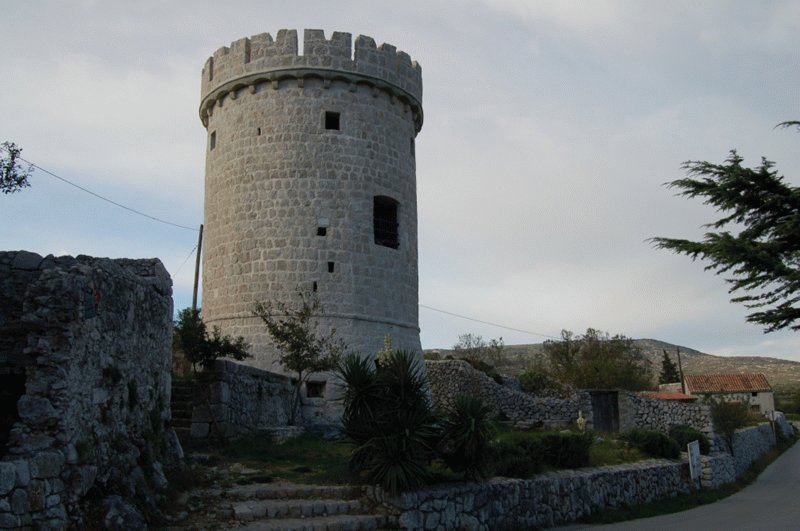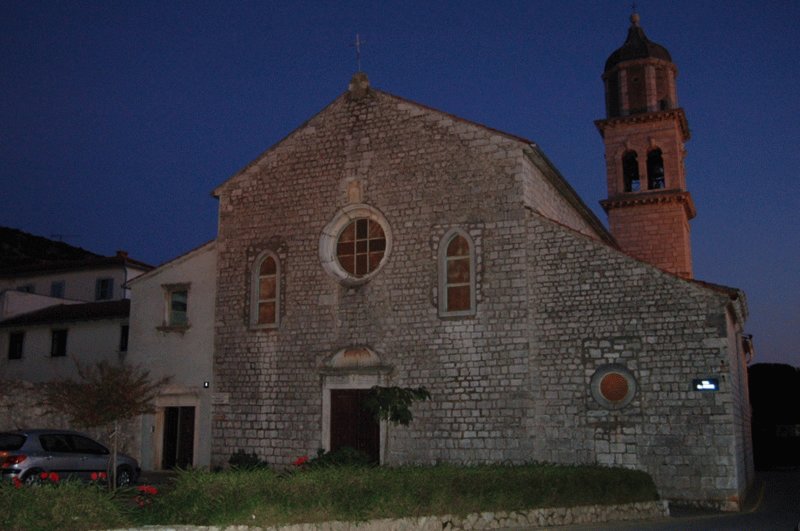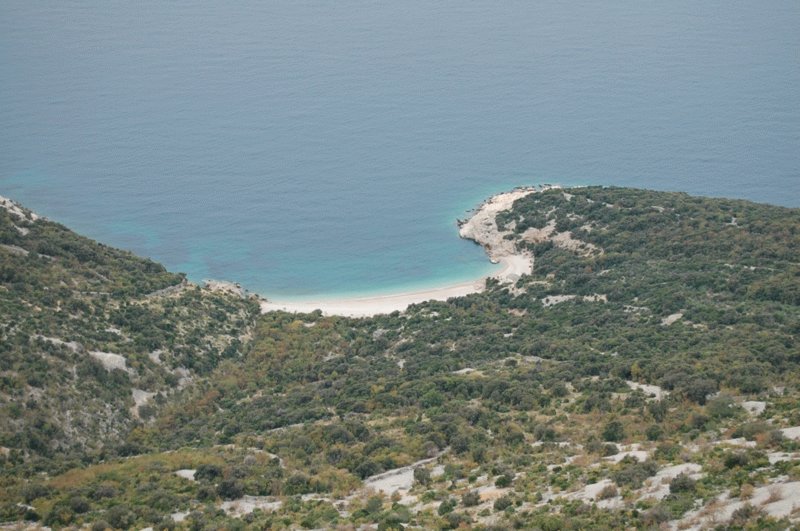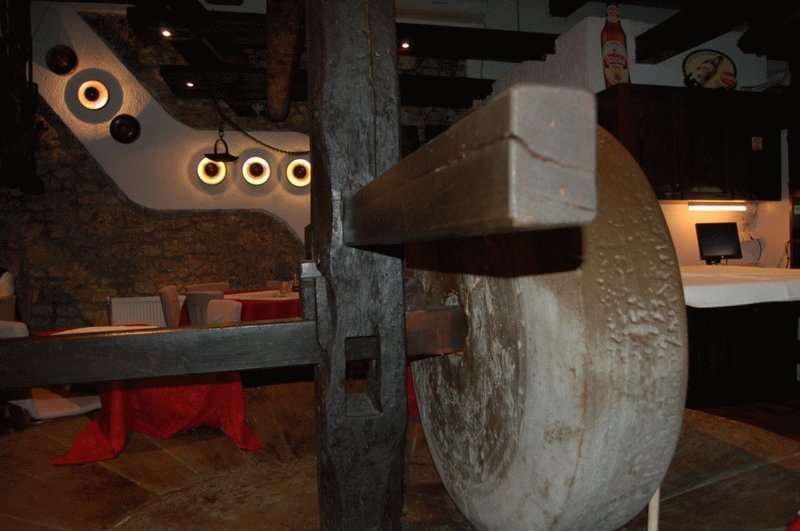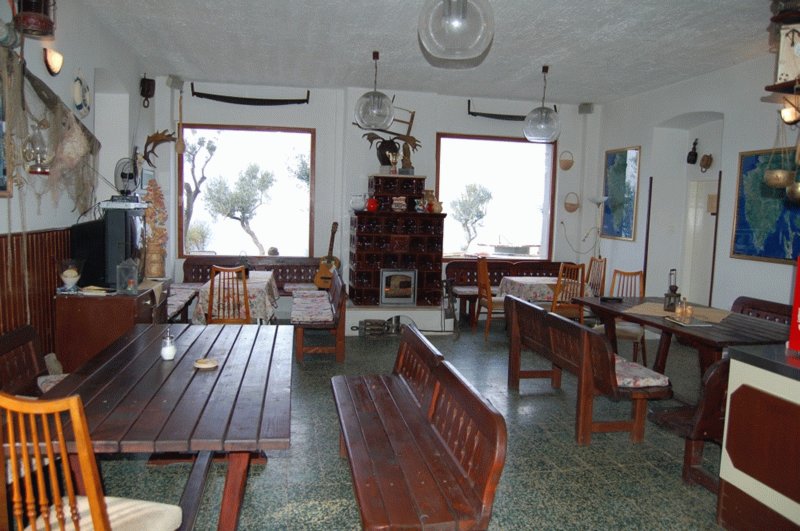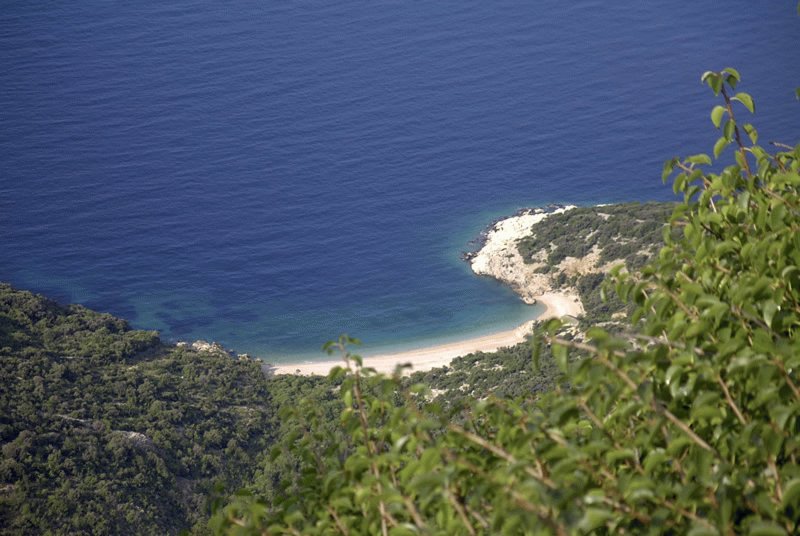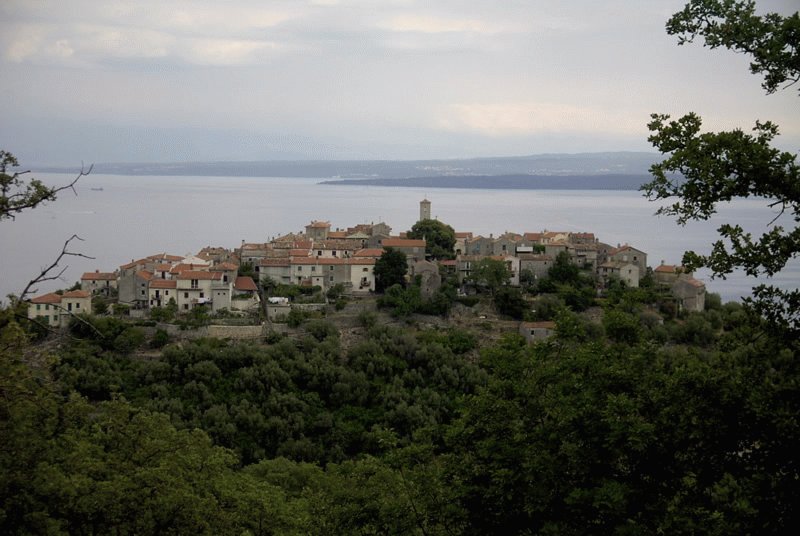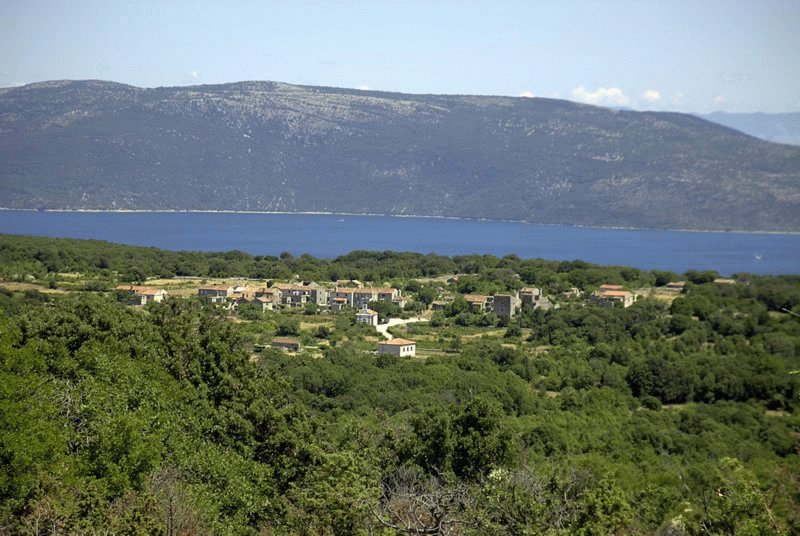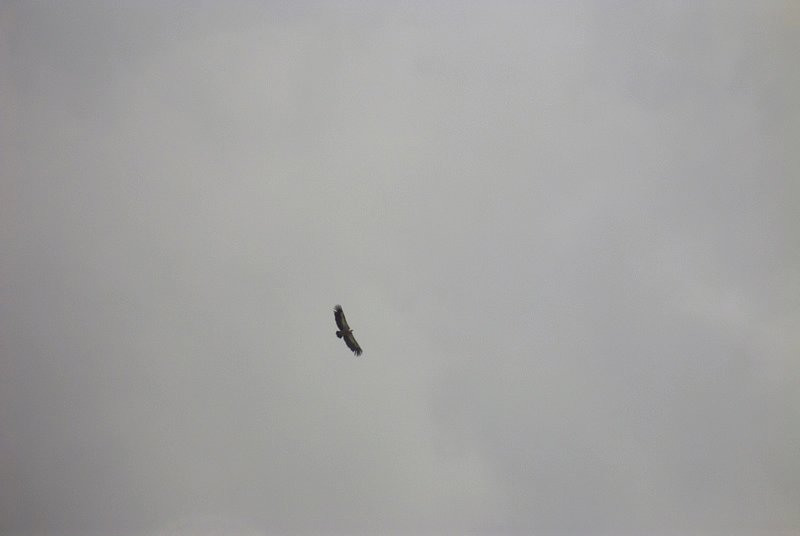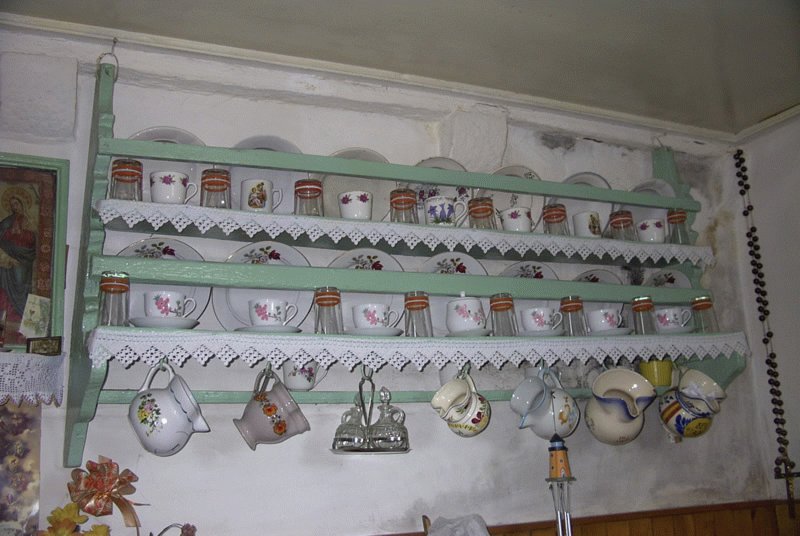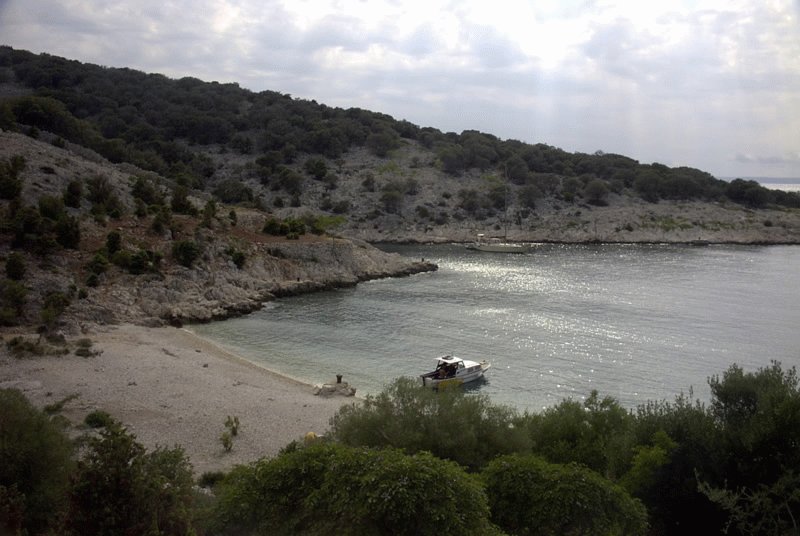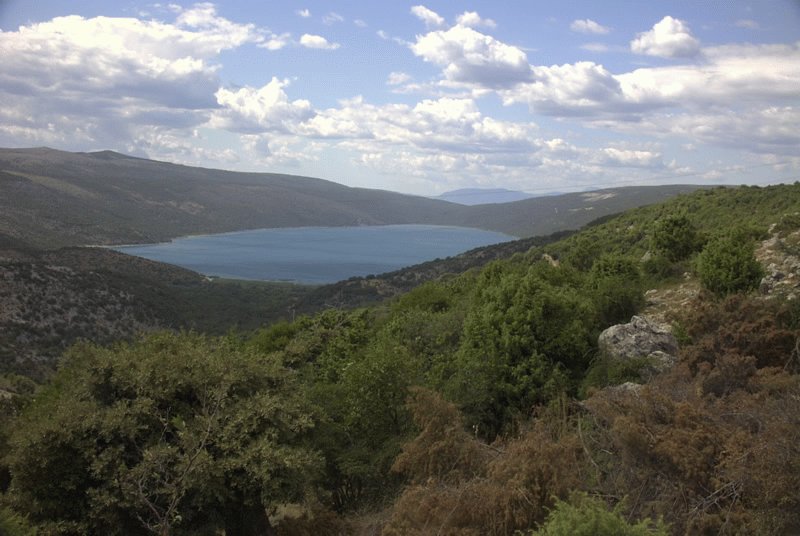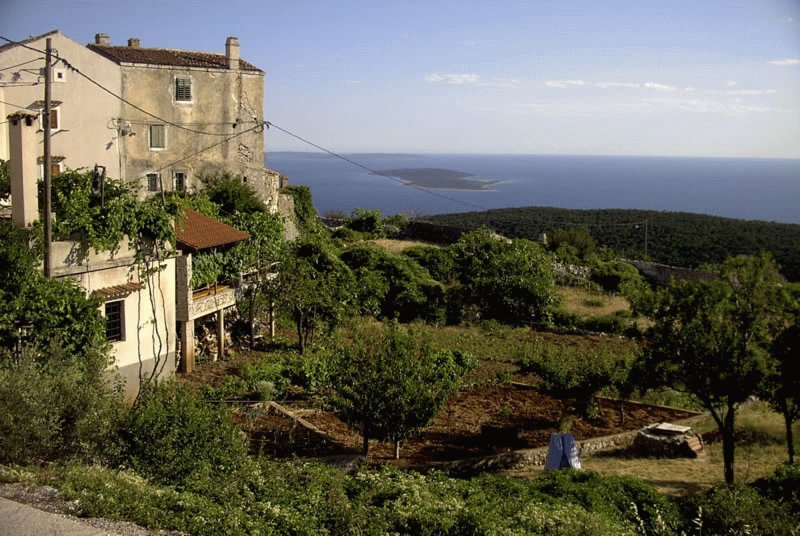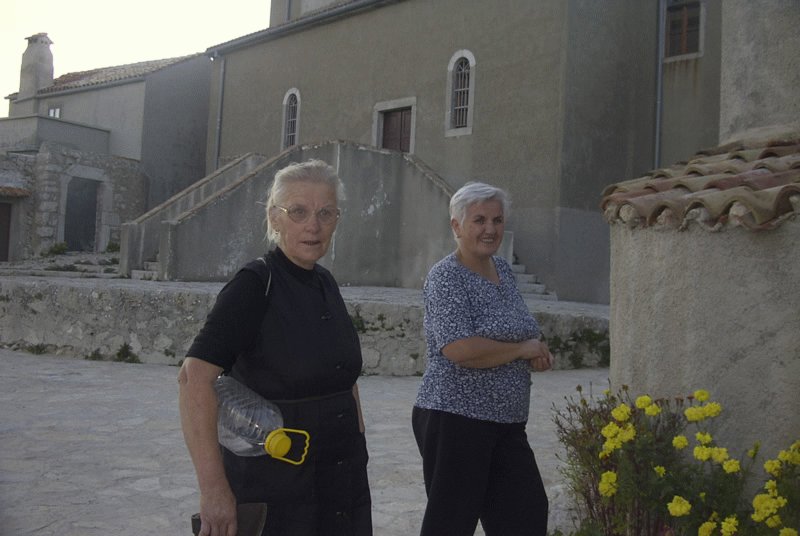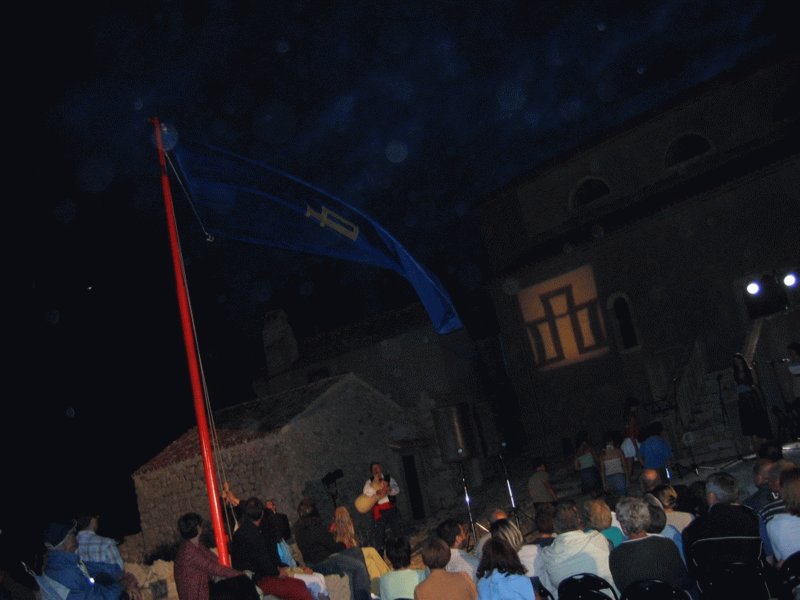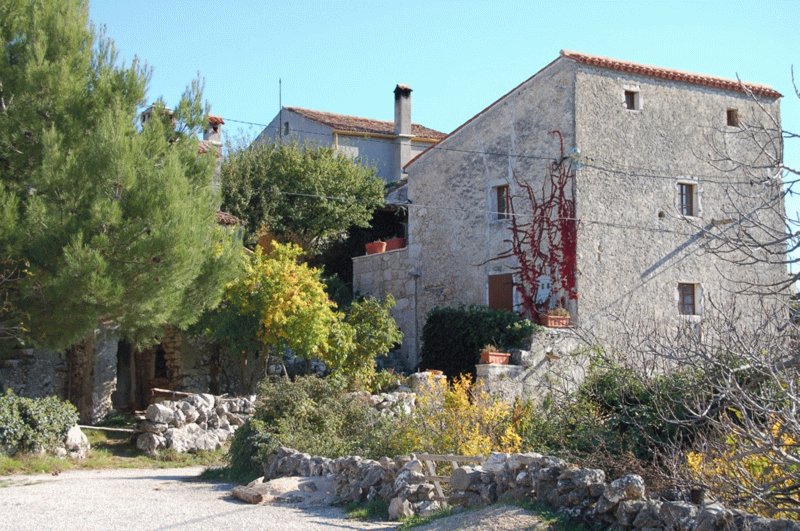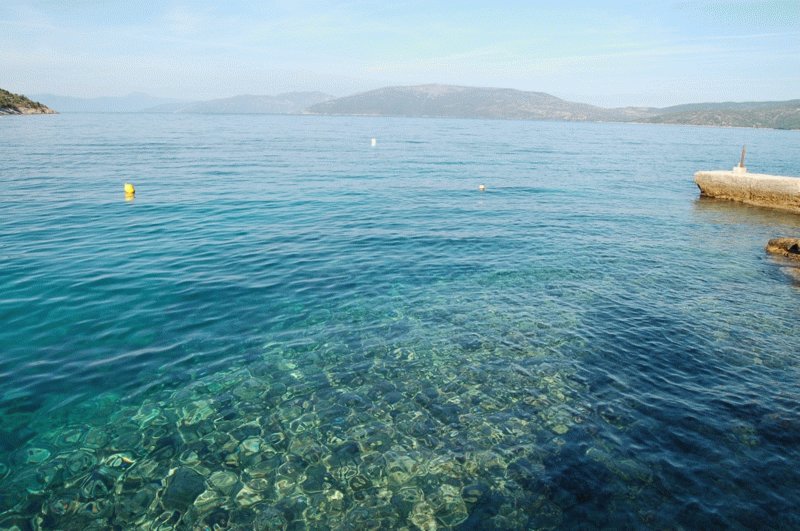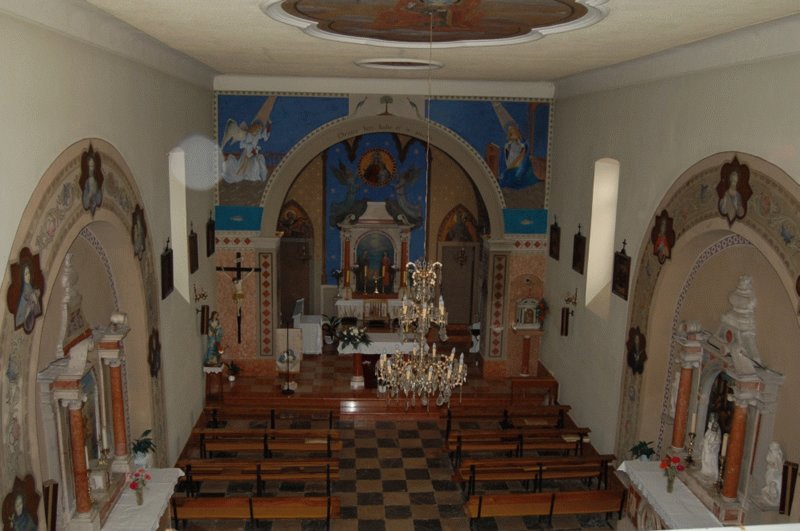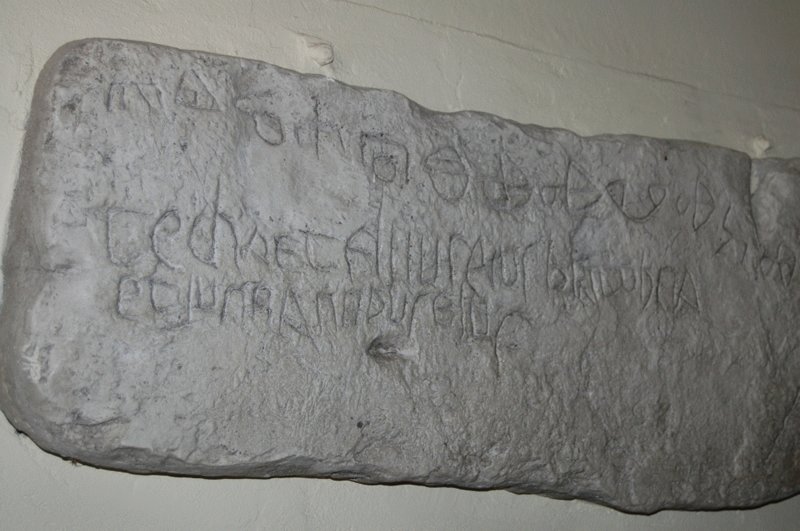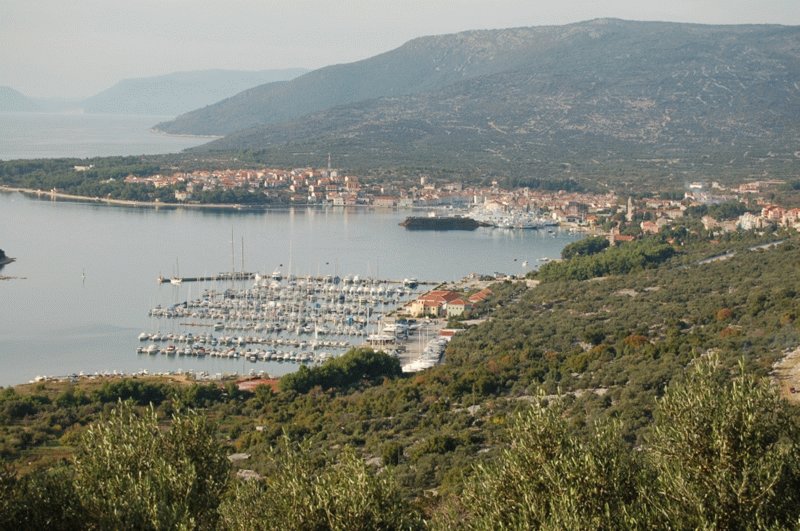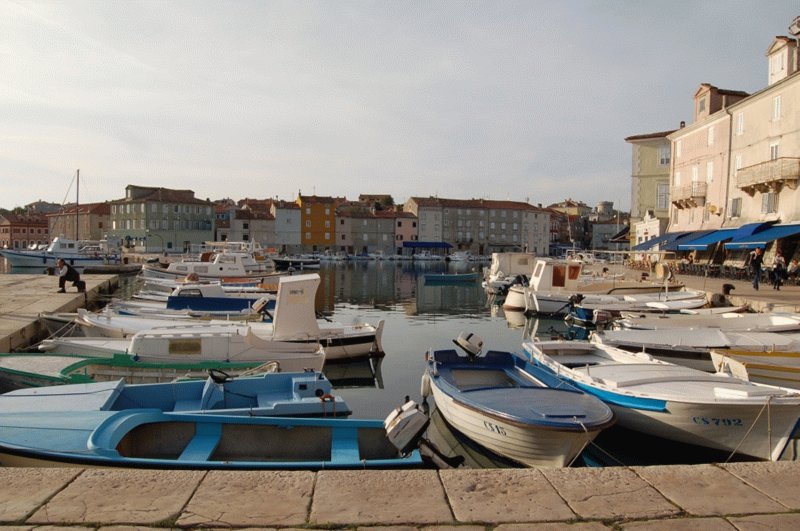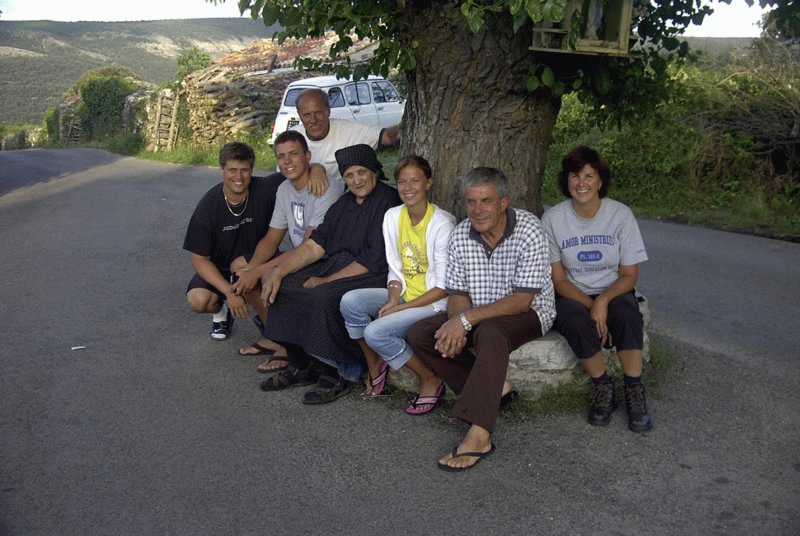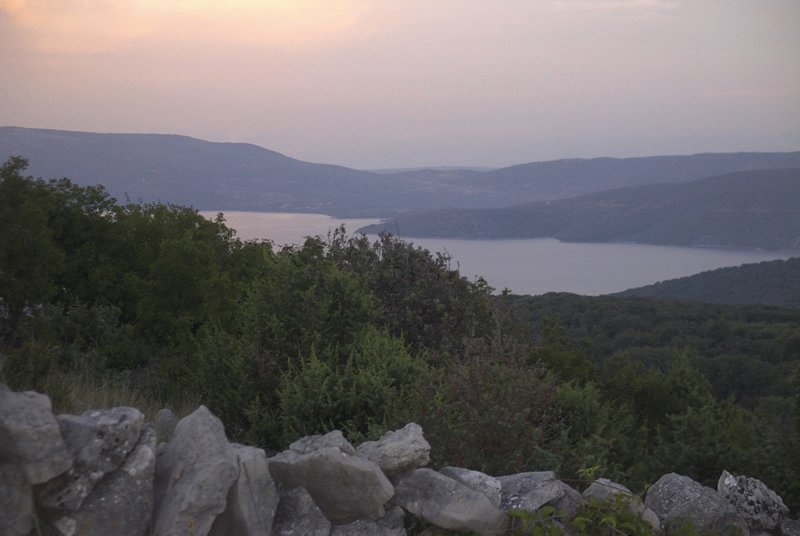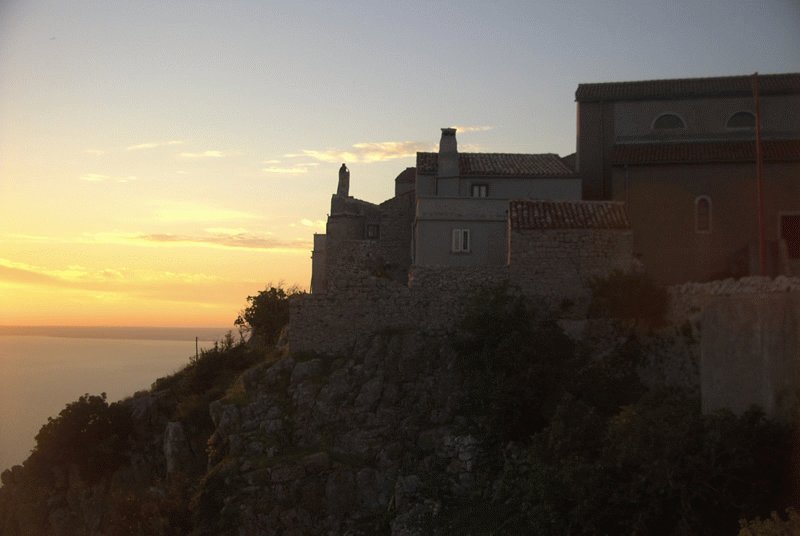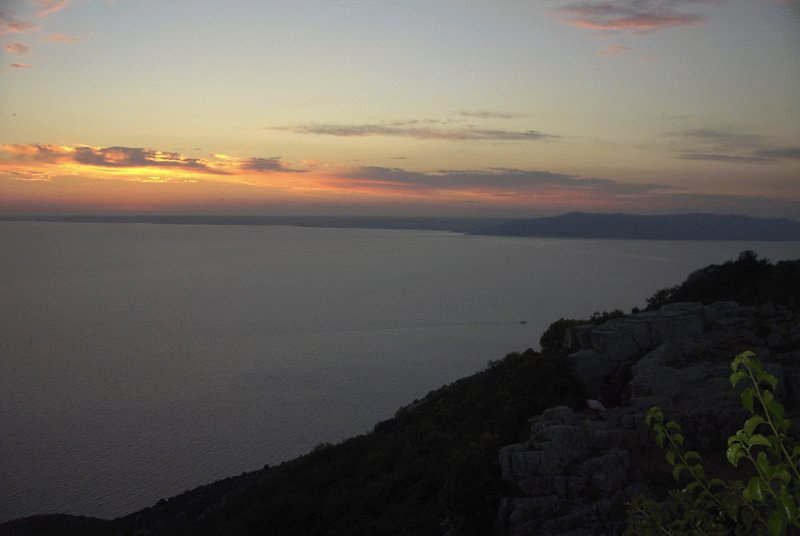Features and attractions
Cres Island has an area of over 400 km2, is 66 km long and between 2 km to 12km wide. Its highest peak is 648 metres.
Situated in the Gulf of Kvarner it is a short distance from mainland Croatia, Mt Ucka, the Velebit Mountains, and Krk Island. Losinj Island, to the south, is connected to Cres Island by a swing bridge across the 11 metre wide channel built many centuries ago.
Cres Island is surrounded by approximately 36 islands forming part of the Cres and Losinj group.
The island’s 248 km indented coast of capes and bays, beaches and sheltered coves provide an ideal backdrop for a seaside holiday.
Latitude 45 degrees north passes through the centre of Cres Island resulting in a sub-mediterranean climate in the north transitioning to a mediterranean climate in the south.
The island has amongst the highest diversity of flora among the Adriatic islands which includes among 1,300 plant species including endemic and rare plants.
Animal life is diverse and includes domestic sheep, martins, wild deer, goats, small and feathered game, and numerous bird species, the best known being the Griffon Vulture, which is a protected species and constantly mobile. After being born on the island, the Griffon Vulture first travels to Greece, continuing on to Sicily and Spain. On its return it visits Italy and Austria before returning to Cres Island to mate. No venomous snakes can be found on the island.
Vrana Lake (Vransko Jezero) is a significant freshwater feature in the central part of the island supplying water to the towns of Cres, Mali Losinj and Veli Losinj. This “crypto-depression” is 13 metres above sea level at the surface and 60 metres below sea level at the bottom.

